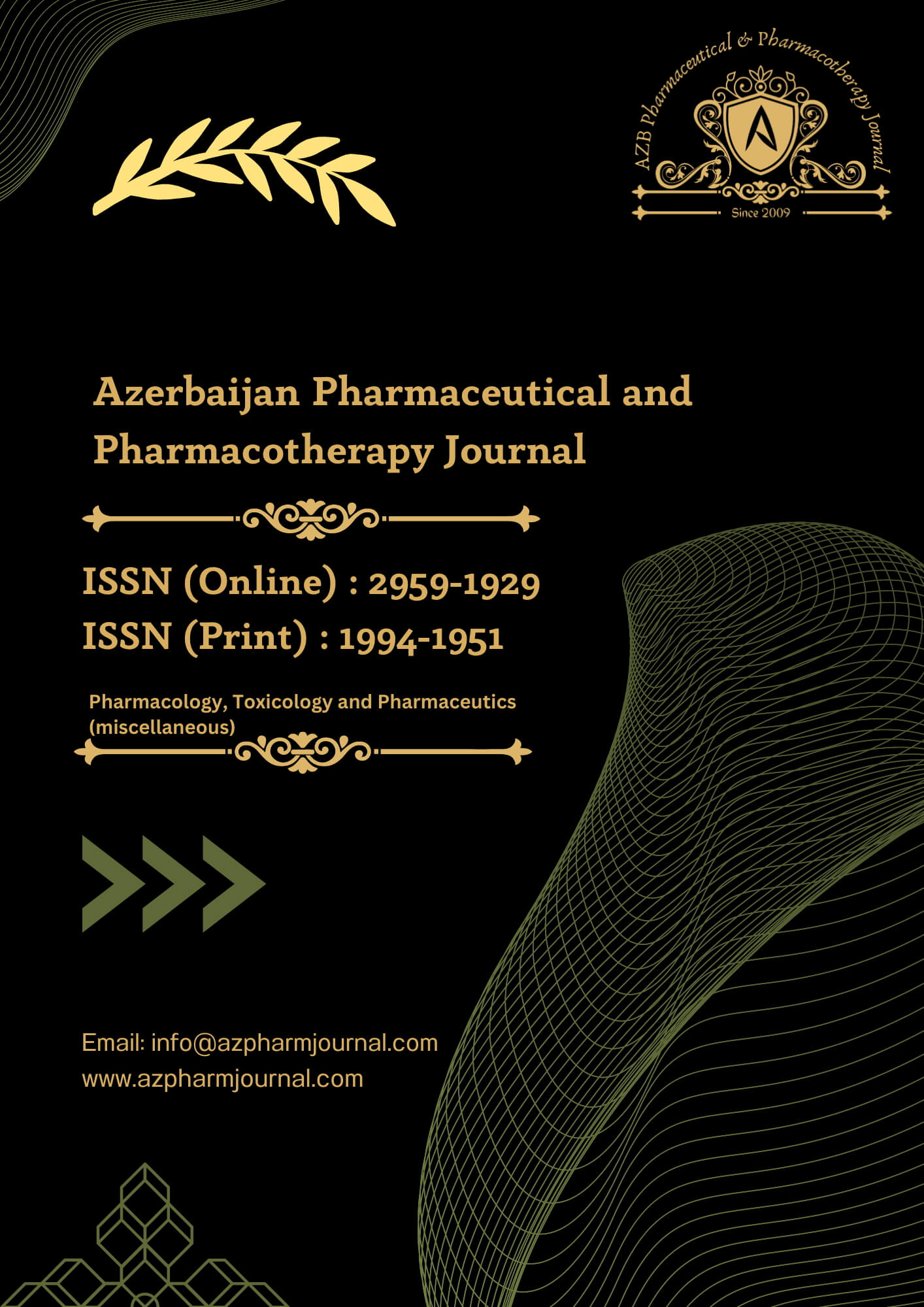Toxoplasma gondii is an obligate intracellular coccidian parasite widely distributed in the world (1). Patients with HM, including those with acute myelogenous leukemia, and those who have undergone hematopoietic stem cell transplantation or are treated with aggressive immunosuppressive regimens are at high risk of opportunistic infections Prompt Correct diagnosis is essential for the effective management of possible infections (2)
In individuals with a normal immune system, T. gondii infection is usually asymptomatic (latent) and harmless and often passes unnoticed; however, in immunosuppressed and immunodeficient individuals (e.g., patients with AIDS, patients receiving hemodialysis, organ transplant recipients, and patients receiving chemotherapy for cancer), it is complicated and fatal, if not treated (3,4,5).
Human infection is caused by the ingestion of cysts in undercooked meat or oocysts in contaminated food or water. Infection may be also transmitted congenitally or through organ transplantation (3). After initial dissemination, the parasite can evade the immune system and persist throughout the host life within dormant cysts, predominantly in the brain, retina, and muscles (6). Patients with neoplasia, collagen tissue disease, transplant recipients under immunosuppressive therapy, or hemodialysis patients with chronic renal failure have deficient cellular immunity, and this makes them susceptible to the infection (7). In immunocompromised patients, the infection most often involves the nervous system, with diffuse encephalopathy, meningoencephalitis, or cerebral mass lesions (8).
Subjects and Methods: One hundred and thirty (80 men, 50 women) patients with neoplastic disorders and liver disease under immunosuppressive treatment, presented to Erbil and Nanakali Teaching Hospitals. Faculty Oncology, Haematology, and Hepatology Department, during the period from May 2023 to the end of January 2024. Fifty healthy volunteers (19 men, and 31 women) were included in the study. The age of the patient group was 16 to 82 with a mean age of 53.37692, St. Deviation ± 12.022 and 18 to 80 with a mean age of 50.34, St. Deviation ± 12.40738 in the control group
Blood was taken from all patients under sterile conditions and was centrifuged at 1000 r.p.m. and the sera separated. The sera were stored at -20 Co until tested.
Patients:
The patients included in this study were selected from Erbil and Nanakali hospitals in Erbil. All the patients were asked for age, sex, residence, occupation, history of medical diseases, and drug treatment.
The patients studied were divided into the following groups.
A-Hematological Malignant patients
Seventy patients with Haematological malignant, with a mean age of 54.9429, St. Deviation ± 13.96153, were treated with immunosuppressive drugs with one or more of the following agents: steroid, alkylating agents, and antimetabolite. All of these were treated for malignant diseases. And based on histological examination of an excised lymph gland, or bone marrow aspiration on diagnosis.
- colon cancer without immunosuppressive drugs
In this study 27 patients with colon cancer, with a mean age of 52.4074, St. Deviation ± 10.27790, were not under immunosuppressive drugs.
- Liver diseases with corticosteroid treatment
Serum samples were taken from patients thirty-three with liver disease under observation in the hepatology polyclinic of the gastroenterology Clinic, with a mean age of 50.8485, St. Deviation of 7.98483. They receive corticosteroids as a treatment.
Control:
Blood samples were obtained from fifty healthy individuals. They were from different places in Erbil governorate, their age ranged from 18 up to 80 years, with mean age 50.3400 and St. Deviation ± 12.40738. Information regarding age, sex, and socio-economic status was obtained from every individual. However, with a strong emphasis on not reporting any evidence of diseases in their medical and drug history before the events of this study, by forms of scrutinized history taking, and professional medical reporting from their medical therapists.
Molecular diagnosis [18]: DNA was extracted from the anticoagulated blood samples using QIAamp DNeasy Mini kit (Qiagen cat. no. U.S.69504 and 69506) according to the manufacturer’s directions. Amplification of Toxoplasma 529re gene was performed in a thermal cycler (Beco, Germany) using the primers TOXO 4: 5'CGCTGCAGGGAGGAAGACGAAAGTTG3' and TOXO 5: 5′CGCTGCAGACACAGTGCATCTGGATT-3′[18]. The primers were synthesized by Fermentas (Fermentas UAB, Lithuania). The PCR reaction was performed using Red Taq master mix (Bioline, UK). The amplification steps included an initial denaturation step at 94°C for 5 min, 35 cycles of denaturation at 94°C for 45 sec, annealing at 55°C for 30 sec, and extension at 72°C for 45 sec, and a final extension step at 72°C for 10 min. The PCR final products were separated in 1% agarose gel electrophoresis at 100 v for 30 min. The bands of the expected size were visualized against a 100 bp DNA ladder on a UV transilluminator. Each PCR round included a negative control of nuclease-free water and a positive control of DNA extracted from T. gondii RH strain maintained in the Parasitology Department, Medical Research Institute, Alexandria University.
